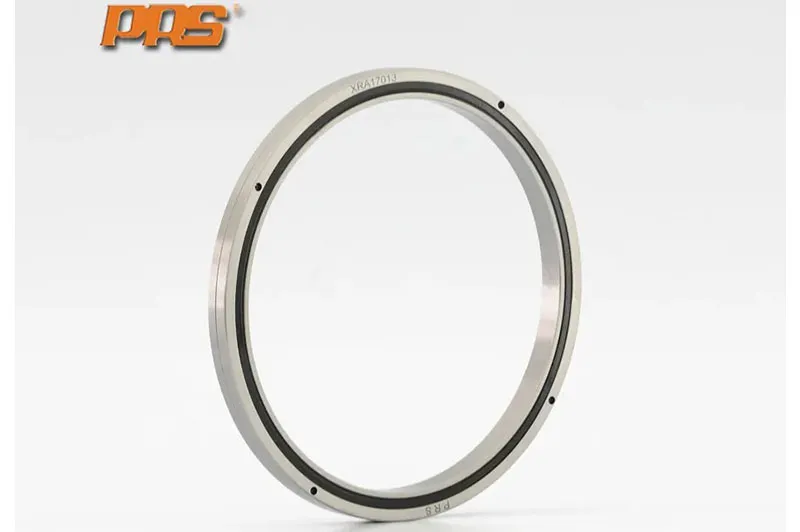Crossed roller bearings, as a crucial component widely used in mechanical equipment, have a direct impact on the performance and service life of the equipment due to their stability and longevity. However, various issues may arise during their operation stemming from factors such as working environment, material selection, and manufacturing processes. This article aims to provide an analysis of these problems and their corresponding solutions to aid readers in better understanding and maintaining this vital mechanical part.
I. Problem Analysis of Crossed Roller Bearings
- Insufficient Load Capacity: When subjected to loads exceeding their rated capacity, crossed roller bearings can suffer from deformation, damage, and other issues. This insufficiency can result from design flaws, improper material selection, or operational requirements exceeding the bearing's capabilities.
- Excessive Temperature Rise: During high-speed operation, inadequate lubrication or excessive internal friction can lead to excessive temperature rise in the bearings. This can shorten their lifespan and potentially cause equipment failure.
- Inadequate or Excessive Lubrication: Proper lubrication is essential for the smooth operation of bearings. However, both insufficient and excessive lubrication can pose problems. Inadequate lubrication can increase friction and wear, while excessive lubrication can lead to grease leakage and increased frictional resistance.
Improper Installation: Incorrect positioning or installation methods during the installation process can cause issues such as bearing misalignment and vibration, affecting the normal operation of the equipment.

II. Solutions for Crossed Roller Bearing Problems
- Enhancing Load Capacity: To improve the load capacity of bearings, it is essential to ensure their load-bearing capabilities through proper design and material selection. Additionally, considering reinforced bearing structures can enhance their stability under load.
- Strengthening Lubrication Management: To prevent bearing failures due to lubrication issues, it is crucial to reinforce lubrication management practices. This includes selecting suitable greases, ensuring timely lubricant additions, and regularly inspecting the lubrication system's condition to guarantee optimal lubrication for the bearings.
- Controlling Temperature Rise: Implementing more effective heat dissipation designs and selecting appropriate lubrication methods and materials can help control the temperature rise in bearings. This reduces friction and contributes to lower operating temperatures.
- Attention to Installation Process: When installing crossed roller bearings, strictly following the manufacturer's installation manual is essential to ensure correct positioning, orientation, and other requirements. Using professional installation tools avoids impact on the bearings during installation, ensuring precision and reliability.
- Regular Inspection and Maintenance: To promptly detect and address potential issues, regular inspections and maintenance of crossed roller bearings are necessary. These inspections should cover bearing operation, lubrication system performance, temperature rise, and more. Timely maintenance measures ensure the bearings' smooth operation.
In conclusion, meticulous and rigorous attention to detail is required during the design, material selection, installation, and maintenance of bearings to ensure their reliability and longevity. Through continuous technological advancements and management improvements, we can better guarantee the performance of crossed roller bearings and enhance the stable operation of mechanical equipment.

 Hot News
Hot News